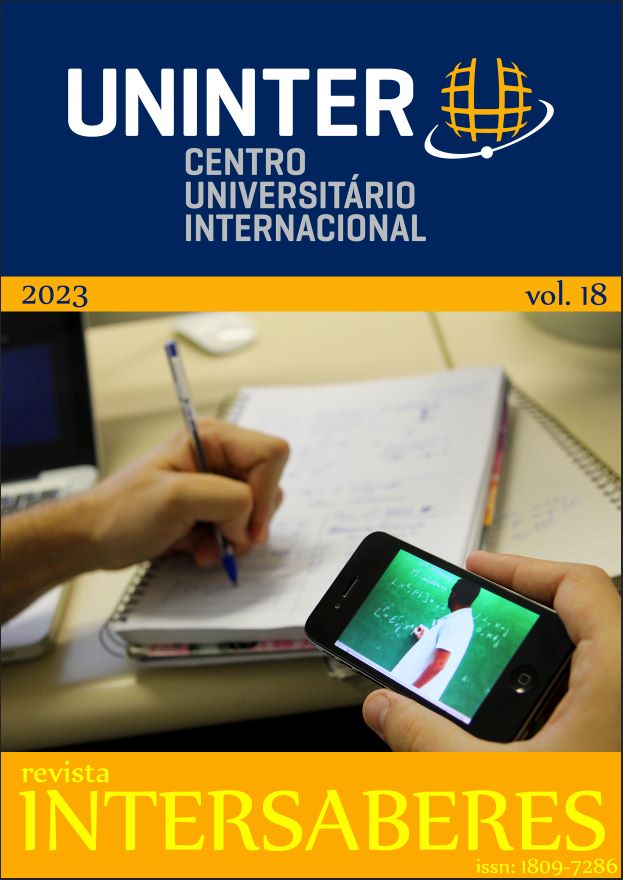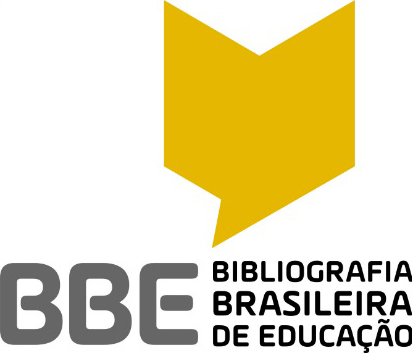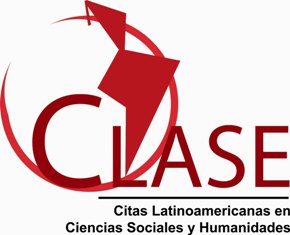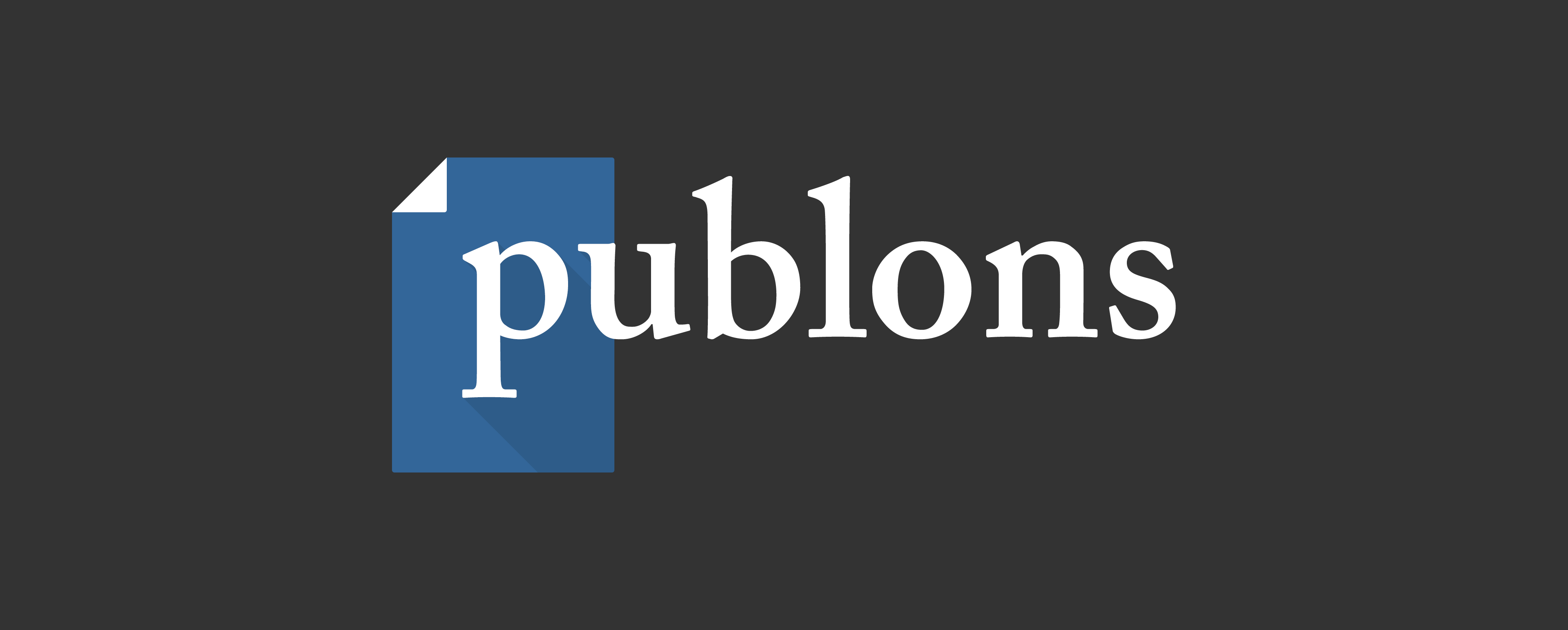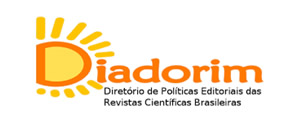O design multimodal do Instagram: da barra de rolagem infinita à organicidade algoritmizada do feed de notícias
Keywords:
Multimodal design, Social media, Instagram, Infinite scroll bar, Capture attentionAbstract
In this article, I problematize the multimodal design of the most popular social media in Brazil, Instagram. I bring multimodality as a theoretical contribution (KRESS, 2000; Van LEEUWEN, 2011), multiliteracies (GNL, 2021; KALANTZIS, COPE and PINHEIRO, 2020), digital literacy (HISSA, 2021a) and some text categories, such as progression, continuity, sequencing, non-contradiction (KOCH and ELIAS, 2016) and informativeness. I analyze twenty posts taken from the information feed of a personal Instagram account from the logic of capturing attention (WOLF, 2019; CESARINO, 2022) through the digital resource infinite scroll bar. This design corresponds to a multisemiotic attention-grabbing model that controls, based on an algorithmic system, the flow of information, aiming at maximizing the user's time spent on the platform and, as a consequence, the uninterrupted extraction of data from all users through the algorithmic hyper-curation of digital content feeds. The result shows that social media have become e-commerce (40% of posts came from commercial pages) and that design has become a merchant of attention in the non-sequential dialectical game, whose thematic progression in leaps sometimes distracts us, sometimes distracts us. envelops. The scrollbar design appears in the Instagram analysis as the main multimodal organizer of discursive-argumentative relationships, allowing to articulate logical-semantic and situational relationships, reordering time-space, navigation, action, use, interaction and interactivity in the same virtual application. This experience, as a communicative event, has consequences for our language, for our cognition and, certainly, for our society.
Downloads
References
BOGOST, Ian. The Age of Social Media Is Ending. The Atlantic. 2022. Disponível em: https://www.theatlantic.com/technology/archive/2022/11/twitter-facebook-social-media-decline/672074/?utm_source=pocket_saves. Acesso em: 12 dez. 2022.
BRASIL, Ministério das Comunicações. Notícias e Conteúdos, 2022. Disponível em: https://www.gov.br/mcom/pt-br/noticias/2022/setembro/aumenta-o-numero-de-domicilios-com-internet-no-brasil>. Acesso em: 13 jan. 2023.
CESARINO, Leticia. O mundo do avesso: verdade e política na era digital. São Paulo: Ubu Editora, 2022.
CHARLES, Sébastien; LIPOVETSKY, Gilles. Os tempos hipermodernos. São Paulo: Ed. Barcarolla, 2004.
D'ANCONA, Matthew. Pós-Verdade: A Nova guerra contra os fatos em tempos de Fake News. Barueri: Faro Editorial, 2018.
GRUPO NOVA LONDRES. Uma Pedagogia dos Multiletramentos: Projetando Futuro Sociais. Tradução de: Deise Nancy de Morais et al. Revista Linguagem em Foco, Fortaleza, v. 13, n. 2, p. 101–145, [1996] 2021.
GUALBERTO, Clarice Lage; SANTOS, Záira Bomfante dos. Multimodalidade no contexto brasileiro: um estado de arte. DELTA: Documentação de Estudos em Lingüística Teórica e Aplicada, v. 35, 2019.
HAN. Byung-Chul. No enxame: perspectivas do digital. Petrópolis-RJ: Vozes, 2018.
HAN. Byung-Chul. Sociedade Paliativa: a dor de hoje. Petrópolis-RJ: Vozes, 2021.
HISSA, Débora. Da manipulação das massas nas redes sociais às ações de combate à desinformação. Revista Linguagem em Foco, v.14, n.2, 2022. p. 68-89.
HISSA, Débora. Homo digitalis e as práticas de linguagem: do negacionismo ao “novo normal” na sociedade pandêmica. DELTA: Documentação De Estudos Em Lingüística Teórica e Aplicada, DELTA, n. 37, v. 4, 2021b.
HISSA, Débora. O Letramento Digital e a docência. Olhares & Trilhas, v. 23, n. 2, p. 484-503, 2021a.
HISSA, Débora.; ARAÚJO, Nukácia. A retextualização hipertextual em material didático digital para a educação a distância. Diacrítica, v. 34, n. 1, p. 41-57, 2020.
HISSA, Débora.; SOUSA, Nágila. A Pedagogia dos Multiletramentos e BNCC de Língua Portuguesa: diálogos entre textos. Revista (Con) Textos Linguísticos, v. 14, n. 29, p. 565-583, ago./dez. 2020.
KALANTZIS, Mary; COPE, Bill; PINHEIRO, Petrilson. Letramentos. Campinas: Editora da Unicamp, 2020.
KOCH, Ingedore; ELIAS, Vanda Maria. Escrever e argumentar. São Paulo: Contexto, 2016.
KRESS, Gunther. Multimodality. In: COPE, Bill.; KALANTZIS, Mary. (Ed.). Multiliteracies: literacy learning and the design of social futures. London: Routledge, 2000. p.182-202.
LANIER, Jaron. Dez argumentos para você deletar agora suas redes sociais. Rio de Janeiro: Editora Intrinseca, 2018.
LEMBKE, Anna. Nação dopamina: por que o excesso de prazer está nos deixando infelizes e o que podemos fazer para mudar. São Paulo: Vestígio, 2022.
MCKAY, Everett N. UI is communication: how to design intuitive, user centered interfaces by focusing on effective communication. Newnes, 2013.
SERRES, Michel. Polegarzinha. Rio de Janeiro: Bertrand Brasil, 2013.
VAN LEEUWEN, Theo. Multimodality. SIMPSON, James (ed.). The Routledge Handbbok of Applied Linguistics. New York/London: Routledge, 2011.
WOLF, Maryanne. O cérebro no mundo digital: os desafios da leitura na nossa era. São Paulo, SP: Contexto, 2019.
Downloads
Published
How to Cite
Issue
Section
License
Copyright (c) 2023 REVISTA INTERSABERES

This work is licensed under a Creative Commons Attribution-NonCommercial-NoDerivatives 4.0 International License.
Os direitos autorais dos artigos publicados na Revista são de acordo com a licença CC-BY-ND - Creative Commons ( https://creativecommons.org/licenses/by-nd/4.0/legalcode)
Esta licença permite que outras pessoas reutilizem o trabalho para qualquer finalidade, inclusive comercialmente; no entanto, não pode ser compartilhado com outras pessoas de forma adaptada e o crédito deve ser fornecido ao autor.
Os direitos autorais dos artigos publicados na Revista são do autor, com os direitos de primeira publicação para a Revista


